January is here, and with its arrival comes the time for planting peas in southern Utah vegetable gardens. I know it seems early, but spring will be here before you know it, and if you miss the pea-planting window, your crop will suffer.
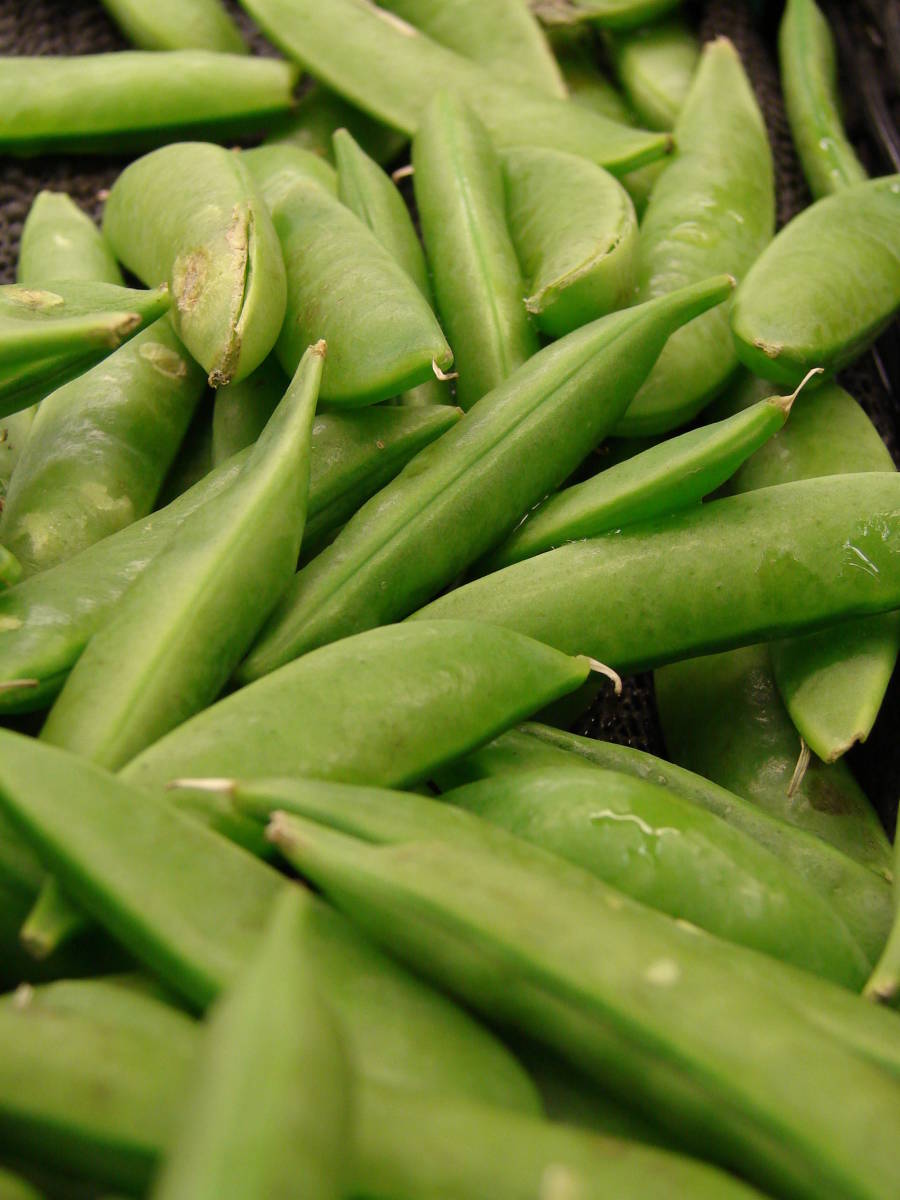
To avoid making your peas suffer in the St. George spring heat, plant your pea seeds in January. Peas must be in the ground before the end of the month for an ideal crop. Our southern Utah spring and its warm temperatures seem to suddenly appear, and peas like it cooler … think 60s and 70s. You can even do successive plantings every week in January to have a succession of peas coming on in spring, but you can certainly plant all your pea seeds at once. Either way, January is the month for planting peas in southern Utah.
What kind of peas do you like to eat? There are shelling peas, snap peas, and snow peas. I am not a big fan of shelling peas, the ones you remove from the pod to eat. I like snap peas. Snap peas are chubby pods of peas that you eat entirely. I love snow peas. Snow peas grow in wide, skinny pods, and you can see and feel each pea inside. These you eat entirely as well. So, this year I am only planting snow peas. Because I am limited in my growing space, I don’t want to have tons of pea plants in spaces where I can grow leafy greens. I will plant a single row of snow peas to enjoy. You may want to plant all three types of peas and grow lots. If you are into food preservation, you could have peas all year long from your garden if you don’t eat them all this spring.
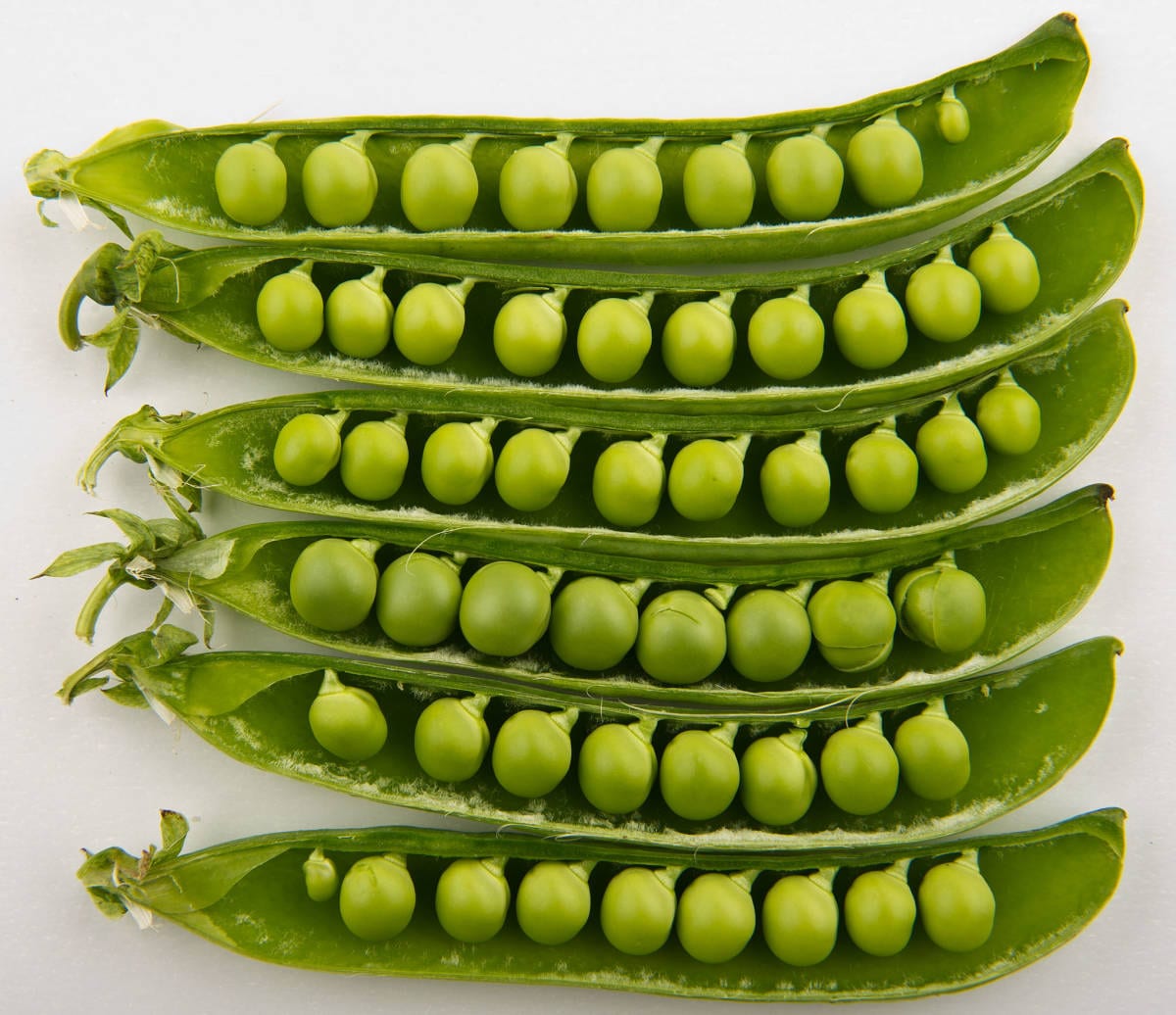
Prepare your soil by adding compost at a 50:50 ratio to your native soil. (I will probably mention this in every single post about vegetable gardening. Soil is the one thing we can control in our extreme southern Utah environment, and our native soil needs some serious help in growing things like vegetables.) Once your soil is prepared it’s time to plant.
To encourage your pea seeds to germinate more quickly, soak them in water for 12 to 24 hours. It’s not absolutely necessary, but it works. Also, you may inoculate your pea seeds with rhizobium bacteria that help root growth and nitrogen fixing in the soil. These things are good for your peas and future vegetables planted in the same area! Depending on the directions on the specific brand of inoculant you have, you may coat the seed in it, put some in each hole with the seed, or spread it on the soil as you plant. Just remember to follow the directions for the best results. Results for using a pea inoculant should be higher yields … that means more peas. Inoculants can be found at your local nurseries: Try Ali’s, Ballard’s, and online sources. They don’t last forever, so make sure you use them before the expiration date.
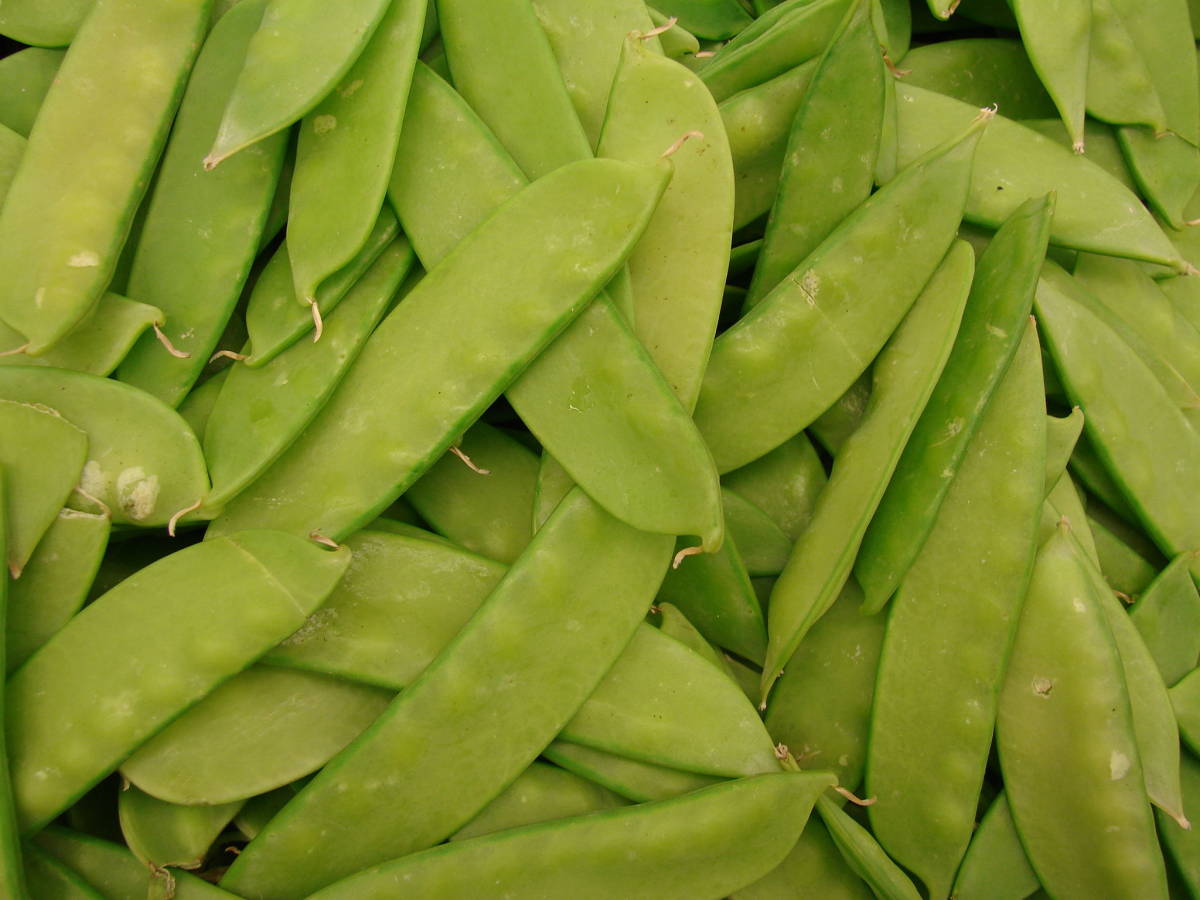
Now you should consider some sort of support for your pea vines. Depending on the variety you planted, you may need something like a trellis — wooden or netting — or some tomato cages that are not in use. Don’t be afraid to get creative here. Anything with space for pea tendrils to wrap around will work, and as long as it’s able to stand on its own, it could be appropriate support for your pea vines. Some variety of peas are considered dwarf varieties and only reach 12 inches or so. These do not require support. The label of your pea seeds will help you determine if you need support or not.
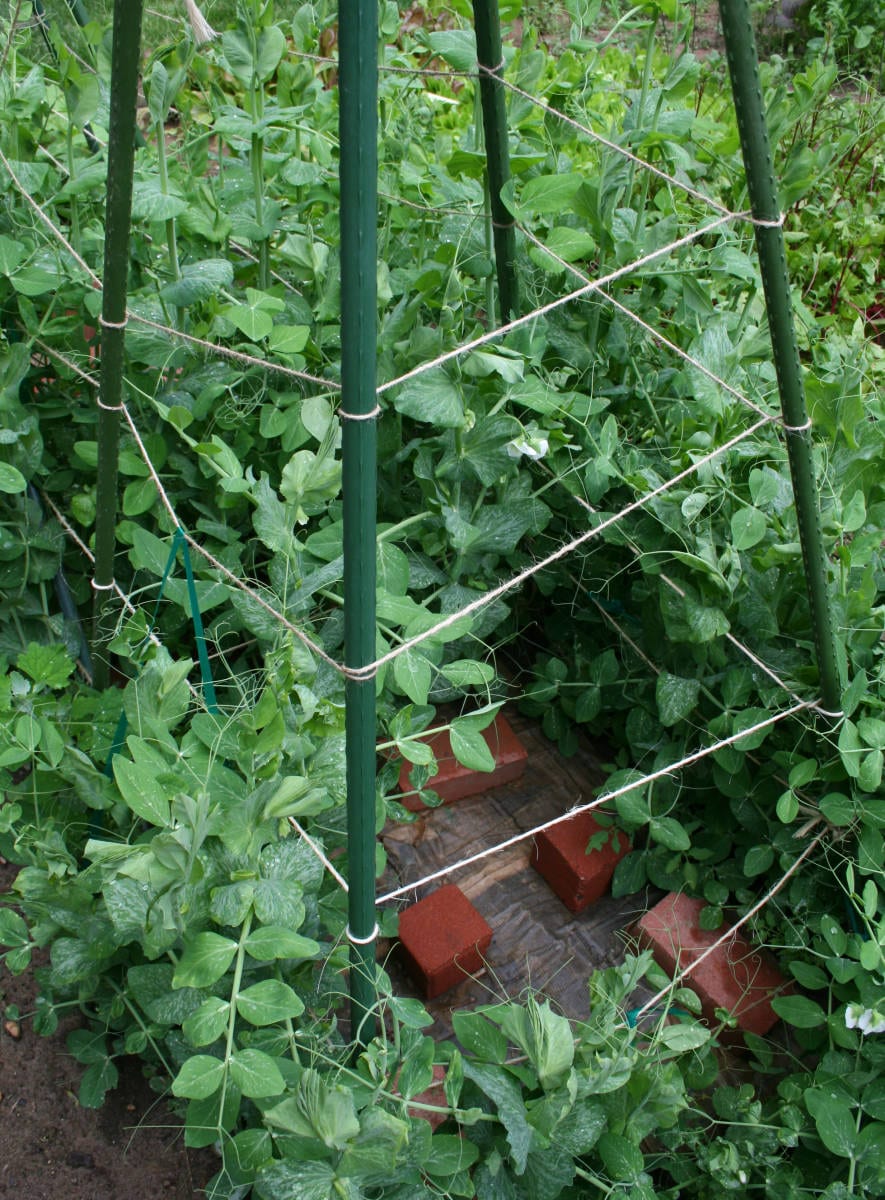
Once your peas are planted and you have dutifully watered them, continue to water them when the soil is dry. The seedlings should emerge quickly, within a week or so. You may use a fertilizer with low nitrogen and more phosphorus, something with numbers like 2-8-4. Harvest may begin as soon as three weeks, as soon as the peas are plump. If you wait too long, the peas get tough. Also, as you continue to harvest your peas, it encourages the plant to continue to produce.
As you can see, growing peas in southern Utah is easy peasy. Find some seeds today, and get them soaking. Try an inoculant to see if your yields really increase. Then get planting! January is the month for planting peas in southern Utah gardens. Winter and early spring gardening are the best, especially in southern Utah. It’s time to get outside. Welcome to cool season gardening!

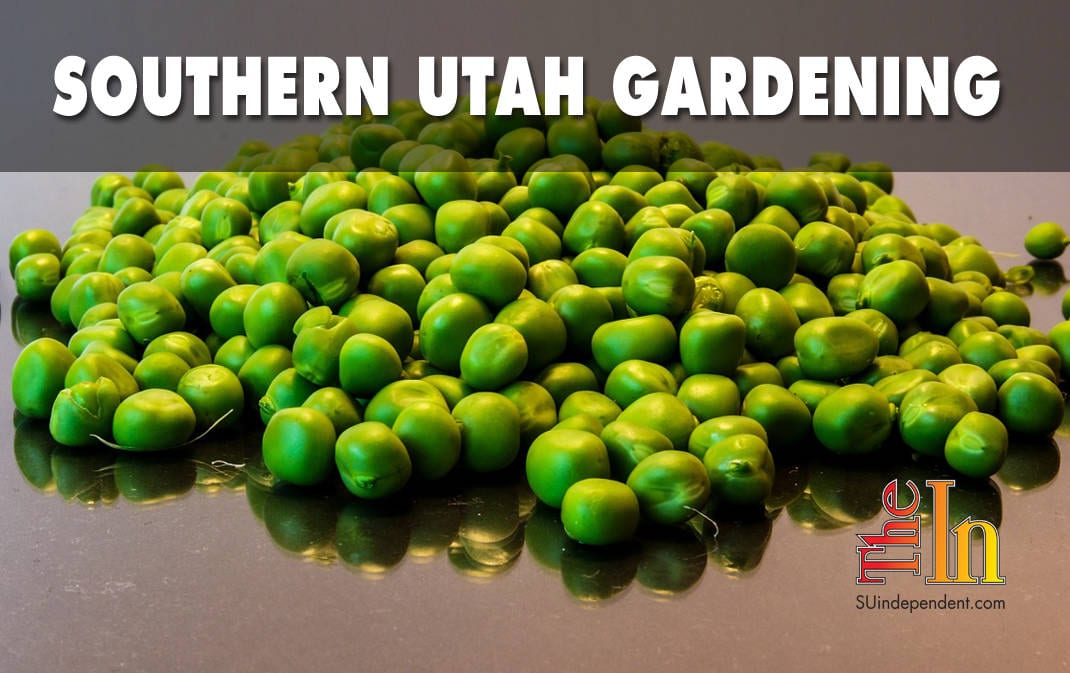



Excellent! I hope you continue and expand your series up elevation as time progresses.
I planted peas in January last year and they just rotted in the ground. Too wet and cold. I’ll wait for mid February and put pre-sprouted seeds in instead.